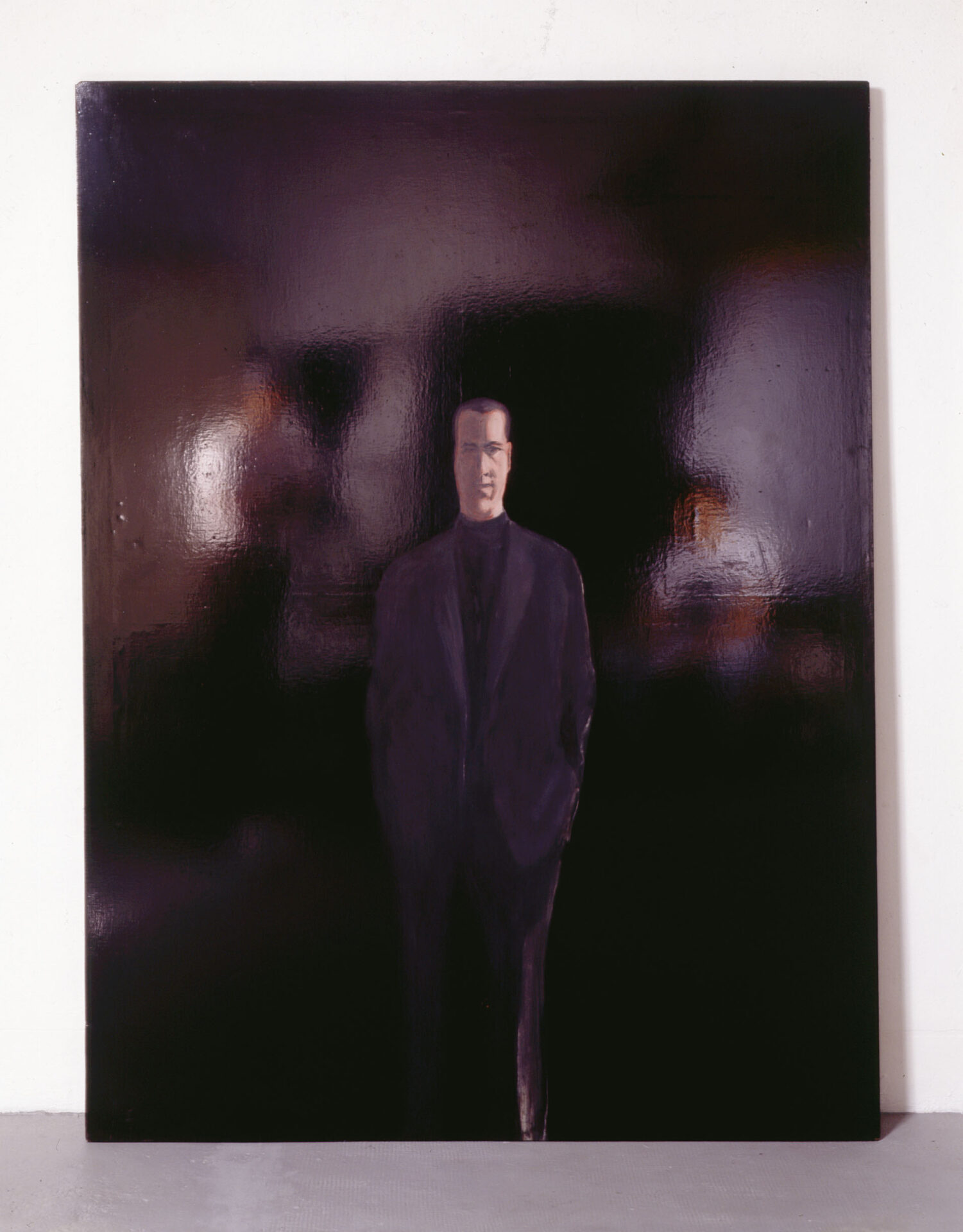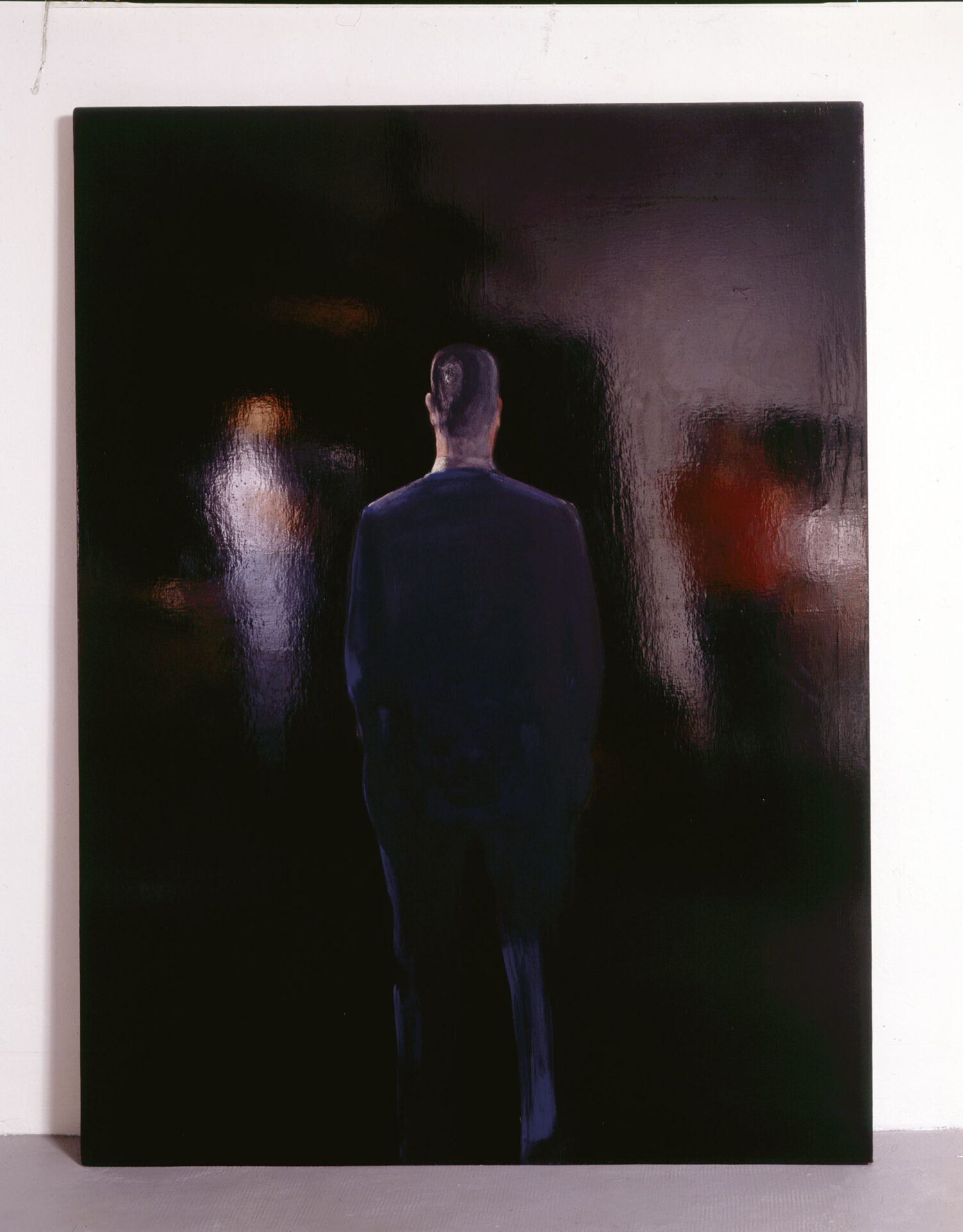
photo : permission de l’artiste | courtesy of the artist
Is it necessary to underscore that there can be no artwork without taking into account its foremost characteristic of transitivity, “a tangible property of the artwork,” “without [which] the work is nothing other than a dead object”?1 1 - Nicolas Bourriaud, Relational Aesthetics (1998), trans. Simon Pleasance and Fronza Woods with the participation of Mathieu Copeland (Dijon, France: Les Presses du Réel, 2002), 26. From this standpoint, the “relational” quality of art is, first and foremost, the result of a structural logic, determined by the interaction that occurs between the scope of the work’s creation and its social space (i.e., the public presentation of the work). Although the property of “openness” can be conceived as inherent in the artwork, many artists have nonetheless reconsidered this perspective: they have focused on this characteristic in an effort to magnify it, extrapolate from it or, conversely, to undercut the “participative force” and the will to “action” the spectator can experience when confronted by a work’s “openness.” The history of twentieth-century art in particular has urged a rethinking of images as increasingly predicated on experience. In addition, currently the notion of representation is likewise theorized in terms of a transaction incited by the spectator’s participation.
The medium of the mirror (a vehicle that permits the highlighting of certain concerns with the body’s sense experiences and potentialities, the notion of the artwork as a game, as well as visual identity and its fragmentation) becomes a recurring motif in the artistic experiments of the 1960s and 1970s. Within the context of minimalist art, the recourse to mirrors functions in a manner opposite to the spectator’s ritual vanishing in the face of modern art. In acting instead as the instrument of revelation, the mirror makes it impossible for the viewer to look at a work without both seeing himself or herself and the site in which the artwork is found. Nevertheless, the logic of the mirror (without a doubt it is this aspect of the medium that fascinates many artists) seems to reaffirm a “retinal” art, and paradoxically suggests that the artwork somehow affirms the primacy of visuality. Specifically, the outlines of the mirror transform the surrounding space into an image: the reflection operates as an index caught in a circumscribed, two-dimensional space. Both our eye and our view of the work change in focus. Regardless of the form it may assume, the artwork subscribes to a two- and three-dimensional dialectics, or to an image/space relation that both reconsiders the modes of representation and situates all ambivalence in the subtle interplay of reflected presence and the return of the image. Paradoxically, while the artwork only “presents” the world, albeit by means of fragmentation, the visitor becomes an image.

photo : permission de l’artiste | courtesy of the artist
Evidently, among works containing mirrors the notion of “interactivity” that one may wish to uncover is still beyond reach; the spectator’s action formally modifies neither the artwork nor its intrinsic attributes. When Isa Genzken places the spectator in front of his or her pixelated reflection, her work evades mimesis; the apprehension experienced by the viewer whose image is projected in the mirror functions primarily as a means to challenge the familiar.2 2 - See Isa Genzken’s work Untitled (2001). Nonetheless, the transfer of attributes between the subject and the image must be understood in terms of a fundamental, structural catalyst that reaches further than the simple idea of participation. By means of this dynamics of “returning” the spectator’s view generated by the presence of the mirror, the work participates in modern art’s tendency to present rather than to re-present the real. If, however, the mirror “captures” the real, then it is because this first real experienced by spectators amounts to a newfound sense of self-presence or to their coming into awareness of their own presence (i.e., we are never present in an absolute sense, but always in relation to a contingent point of view located in the here and now). It is from this standpoint that Michelangelo Pistoletto’s “mirror-tableaux” of the early 1960s refined the stakes between the image tableau and the position of the spectator, who becomes a subject and then an image as a consequence of his or her subscription to the “instant.”3 3 - Pistoletto’s first work created with a mirror, exhibited in 1961 and titled He presents (The Present), makes reference to time rather than to space. The work engages with a lived instead of cognized present. The idea of a “time span” experienced by the spectator (which we find elsewhere, in the performance or happening) signals that the true protagonist of the work is none other than that marked standard of the Instantaneous.
Likewise, in deconstructing the tangible, phantasmagorical relation between the spectator and his or her reflection, the principle of temporarily has become Dan Graham’s formal source of experimentation. By means of video transmissions equipped with time delays, installations such as Present Continuous Past(s) or Two Rooms/Reverse Video Delay (both exhibited in 1974) bring into question what constitutes the order of the present, the past, or the future. The presence of the mirror, which paradoxically reflects the image of the present, reinforces this staging of scenarios typically prevalent in science fiction. In a manner analogous to participants bound to an insufferable role-playing game that never permits them to control their respective images, the viewer is misguided by an estranging process and gets caught up in his or her own game as spectator. Sustained by a tension created between the unanticipated and voluntary aspects of the viewer’s experience, the installation can be conceived only in terms of the place it assigns to the spectator, whom it summons as both a passive and active entity. Significantly, in analyzing the relation existing between the public and private spheres (i.e., the spectator knows himself or herself to be visible to the other’s gaze) and as a form of contemporary environmental or “immersive” art based on human space and scale, the installation facilitates the intrusion of a psychological dimension into its purview.

photos : P. Pellion, Romilda Bollati Collection, Milano, permission | courtesy Cittadellarte-Fondazione Pistoletto

The work of Argentinean artist Leandro Erlich offers a striking example of this tendency of modern art featuring mirrors to recreate and subvert our attitude towards the familiar. In The Cabinet of Psychoanalysis (2005), the visitor enters what can be qualified as a “neutral” space: the ground is covered by a grey wall-to-wall carpet upon which are placed box-framed stools made of grey-coloured wood. A glass separates this area from another enclosed space unmistakeably furnished as a psychiatric office, a fact made evident by the presence of the tell-tale reclining couch. As they walk through the room and seat themselves on the various, intelligently positioned stools, making their way from the desk, to a chair, or to stretching out on the sofa, visitors watch their reflections move about inside the medical office. If, at first, the artwork seems to suggest a light-hearted and playful situation with which one can experiment alone or among others, then the relevance of this unusual installation nonetheless rests in the fact that we are dealing with the image of an office of psychoanalysis. The portrait of Freud hanging on the wall ensures that we recall the work of analysis of the conscious and the unconscious practiced in this locale, albeit in another “space-time” context. The visitor consequently has no choice but to participate in the installation’s staging of the game of his or her own reflection and, by extension, of his or her own image. For the spectator, what was at first perceived as merely interior decoration becomes a “context” in which he or she can evolve. In other words, the installation’s proposition implicitly offers the spectator a choice between two attitudes he or she can assume: that of temporarily being either the subject who is unveiled (the patient) or the subject who observes (the psychoanalyst). Given that these are the two entities we confront in our experience of the installation, the illusion of our presence within an office of psychoanalysis reinforces our distancing from the artistic situation. By means of a subtle effect manifest between the mirror play and the distancing of the observed subject, who also proves to be the spectator, the artwork compels spectators to overcome their fascination with the optical phenomenon it presents and drives them to explore the depths of a psychological reality. Put another way, in becoming conscious of their physical presence, spectators also gain an awareness of their physical perception. When confronted by the estranging experience of being present within the illusion produced by the installation, spectators become part of the artwork by striving to create a narrative situated between reality and fiction. They consequently assume mastery over their behaviour and, in so doing, permit “life” to cross over into art. As a result of the work’s positioning within the scopes of a certain form of physicalism and of the spectacle, the spectator also acts as an observer of his or her own position and intentions. In this context, interactivity can be understood in terms of the notion that the spectator’s reflected image becomes the subject of his or her own questioning activity.
In anamorphoses, a cylindrical or conical mirror distorts the usual and recognisable aspects of the image it reflects. In painting, the mirror can make present a character located outside the tableau, be it in Velazquez’s “Ladies in Waiting” or, to cite a more extreme example, in Gerhard Richter’s “mirror-tableaux” that uncover the spectator in a straightforward, uncomplicated manner. Although the mirror, a thoroughly contradictory object, can be perceived as a source of phantasmagoria, it is nonetheless astonishing to realize the extent to which it also yields to reality. In temporarily modifying the dimensions of boundaries, the mirror paradoxically enables us to consider the vital experience found within the artistic experience; conversely, it also allows us to regard the artistic experience found in the commonplace, vital experience.
[Translated from the French by Vivian Ralickas]




